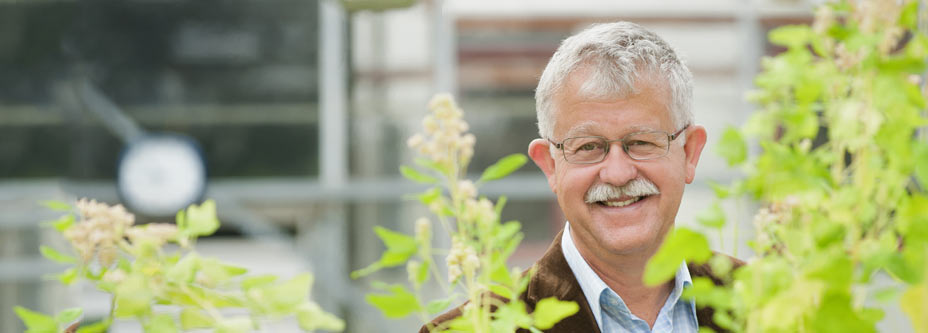
Quinoa's year in the sun
First cultivated about 3,000 years ago, quinoa (pronounced kinwa) was held sacred by the Incas who viewed it as the mother crop, alongside potatoes – the father crop.
Associate Professor Paul Guy (Botany) does not give the hardy weed-like plant – with its tiny white, red and black seeds – the same sort of spiritual status. In fact, for him, it is a sort of botanic lab rat.
"We have a range of plant species from different families that we inoculate with viruses and use as a diagnostic tool to help identify the virus."
For example, he has a major interest in clover species and some of the viruses in white clover infect quinoa. So, if he gets a clover plant that appears infected, he can rub ground-up clover on quinoa and other indicator species to see which ones are affected.
It is a simple but proven approach, demonstrated by the fact that a few years ago it was used to identify five new daffodil viruses in two months.
This year is International Year of Quinoa and Guy is happy to see the plant being recognised.
It is high in the essential amino acid lycine, Guy explains. "It is good for vegetarians and helps them get a more balanced diet."
It can be cooked like rice or cous cous and used it salads and, with prices 10 times that of wheat, he wonders why it isn't being grown more as a crop in New Zealand. "With increasing world problems with food security, it is a golden opportunity."
